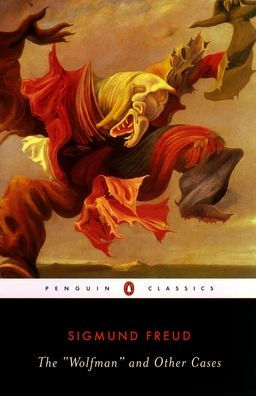The “Pope of Trash” talks about hitting the road and discovering America in his hitchhiking adventure Carsick.
The Wolfman and Other Cases
When a disturbed young Russian man came to Freud for treatment, the analysis of his childhood neuroses—most notably a dream about wolves outside his bedroom window—eventually revealed a deep-seated trauma. It took more than four years to treat him, and "The Wolfman" became one of Freud's most famous cases. This volume also contains the case histories of a boy's fear of horses and the Ratman's violent fear of rats, as well as the essay "Some Character Types," in which Freud draws on the work of Shakespeare, Ibsen, and Nietzsche to demonstrate different kinds of resistance to therapy. Above all, the case histories show us Freud at work, in his own words.
"1005681840"
The Wolfman and Other Cases
When a disturbed young Russian man came to Freud for treatment, the analysis of his childhood neuroses—most notably a dream about wolves outside his bedroom window—eventually revealed a deep-seated trauma. It took more than four years to treat him, and "The Wolfman" became one of Freud's most famous cases. This volume also contains the case histories of a boy's fear of horses and the Ratman's violent fear of rats, as well as the essay "Some Character Types," in which Freud draws on the work of Shakespeare, Ibsen, and Nietzsche to demonstrate different kinds of resistance to therapy. Above all, the case histories show us Freud at work, in his own words.
17.0
In Stock
5
1

The Wolfman and Other Cases
384
The Wolfman and Other Cases
384
17.0
In Stock

Product Details
| ISBN-13: | 9780142437452 |
|---|---|
| Publisher: | Penguin Publishing Group |
| Publication date: | 06/24/2003 |
| Series: | Penguin Classics Series |
| Pages: | 384 |
| Sales rank: | 479,862 |
| Product dimensions: | 5.06(w) x 7.82(h) x 0.86(d) |
| Age Range: | 18 Years |
About the Author
From the B&N Reads Blog
